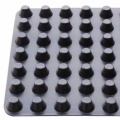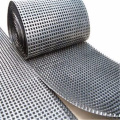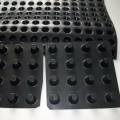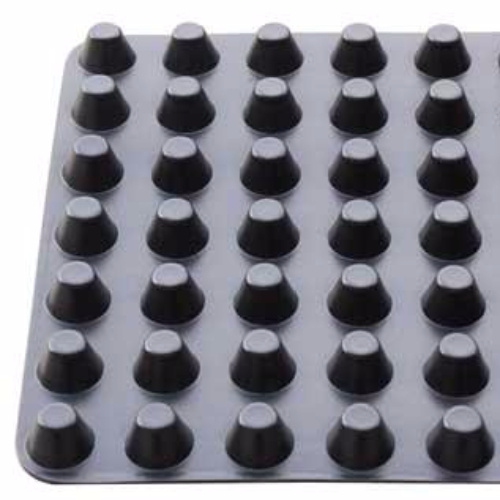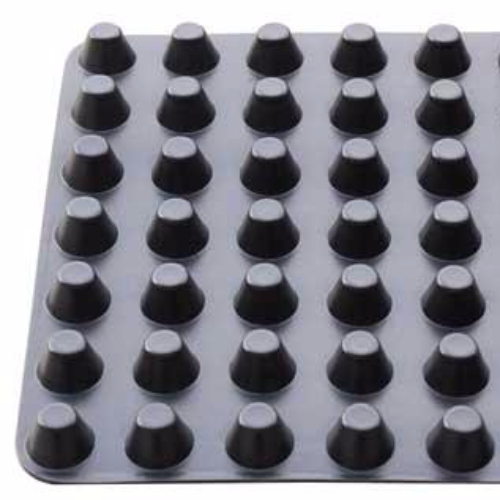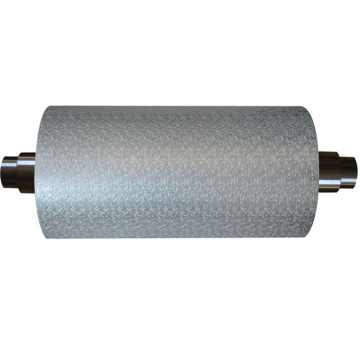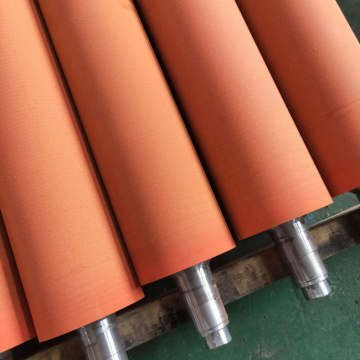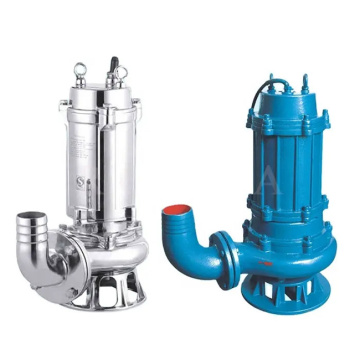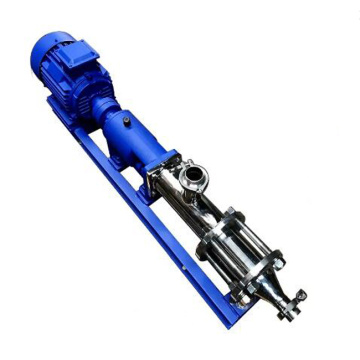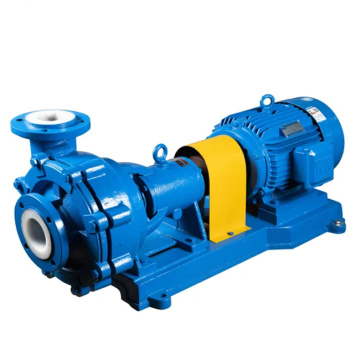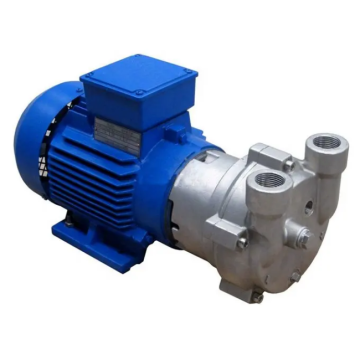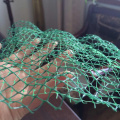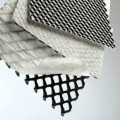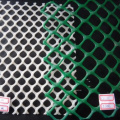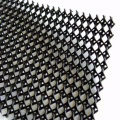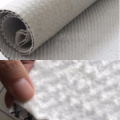Composite Drainage Waterproo Dimple HDPE Draining Board
HDPE draining board description
The plastic drainage board is made of polystyrene (HIPS) or polyethylene (HDPE) as the raw material, and the plastic bottom plate is stamped into a conical protrusion or a stiffening rib (or a hollow cylindrical hole). After continuous innovation and research and development, the raw material has been greatly improved and changed. Now it is made of polyvinyl chloride (PVC). The compressive strength and overall flatness have been greatly improved. The width is 1 to 3 meters, and the length is 4 to 10 meters or more.
Dimple Board Application
1. Greening projects: Garage roof greening, roof gardens, vertical greening, sloping roof greening, football fields, golf courses.
2. Municipal engineering: airports, road subgrades, subways, tunnels, landfills.
3. Construction engineering: upper or lower floors of building foundations, basement interior and exterior walls and floors, roofs, roof anti-seepage and heat insulation layers, etc.
4. Water conservancy projects: anti-seepage water in reservoirs, water storage tanks, and artificial lakes.
5. Traffic engineering: highway, railway embankment, embankment and slope protection
Composite Geotextile Dimple Board Type
A layer of filter geotextile is bonded to the top surface of the conical protrusion to prevent the passage of soil particles, thereby avoiding the blockage of the drainage channel and making the drainage channel smooth. The traditional drainage method uses masonry tiles as the filter layer, and uses more pebbles or gravel as the filter layer to drain the water to the designated location. Using the drainage board to replace the cobblestone water filter layer for drainage can save time, labor and energy, save investment, and can also reduce the load of the building.
A good drainage system plays an important role in the construction period of civil engineering and the normal use and life of structures. The drainage board and the porous seepage pipe form an effective drainage system, and the cylindrical porous drainage board and the geotextile also form a drainage system, thus forming a system with the functions of water seepage, water storage and drainage.

